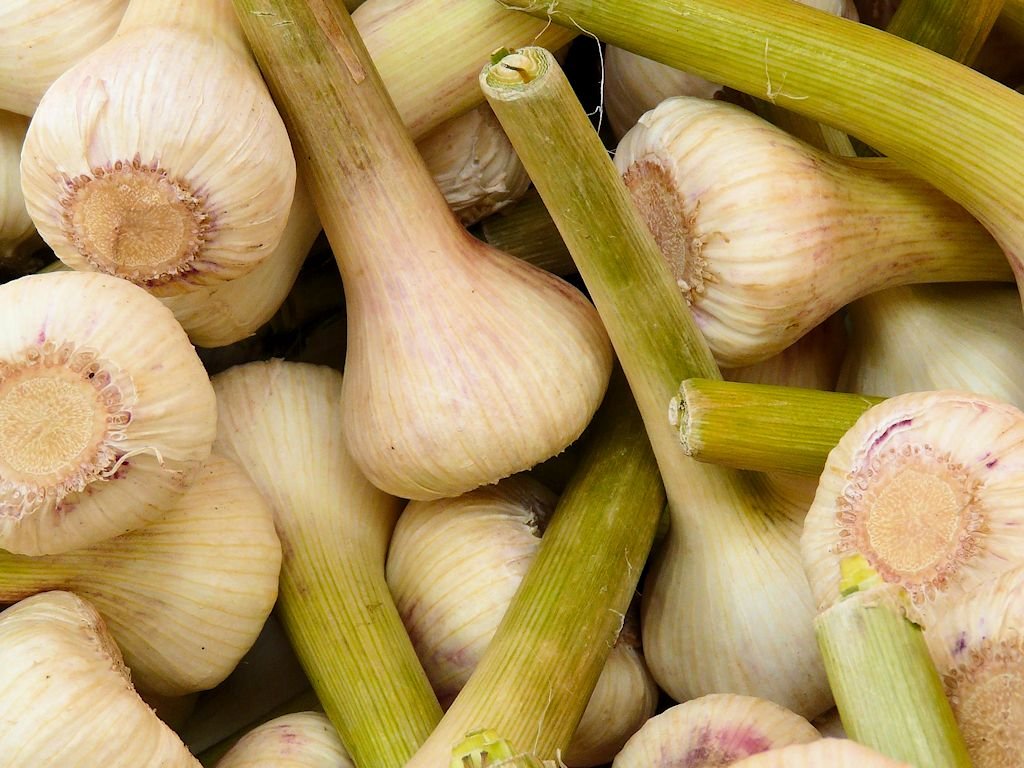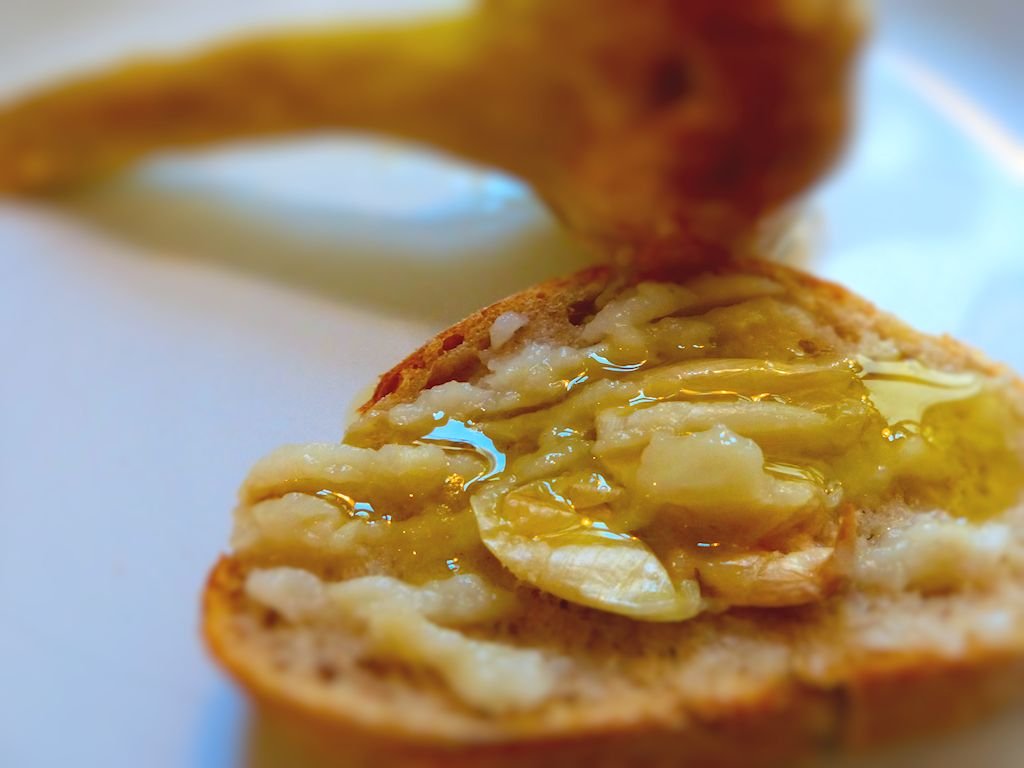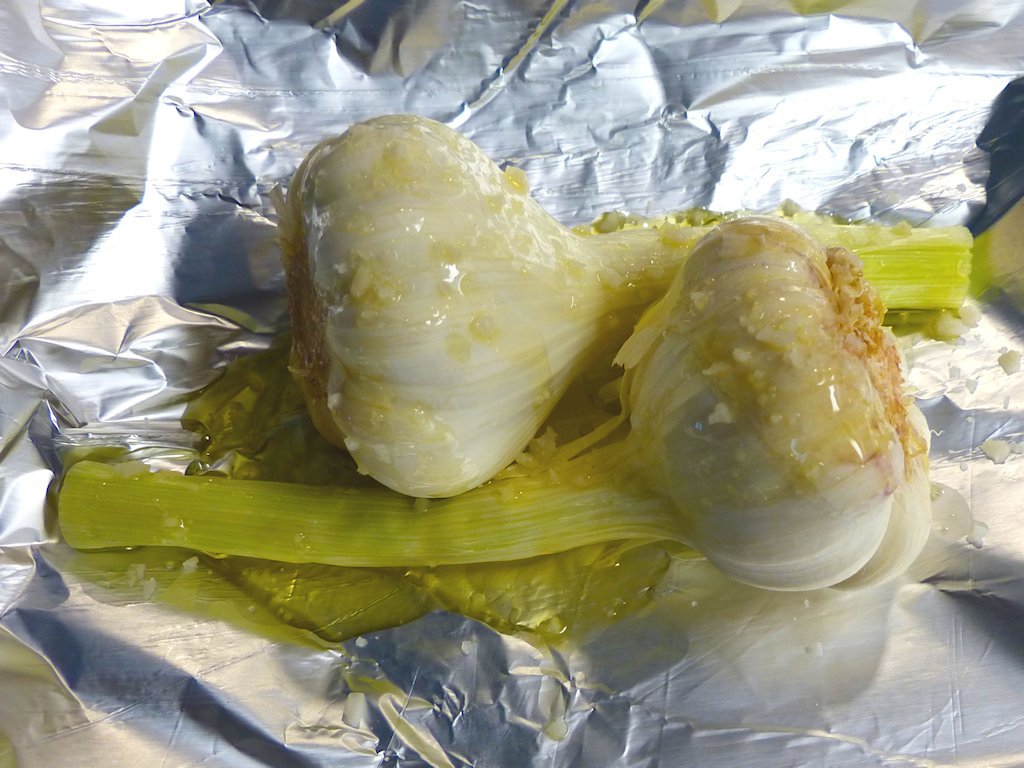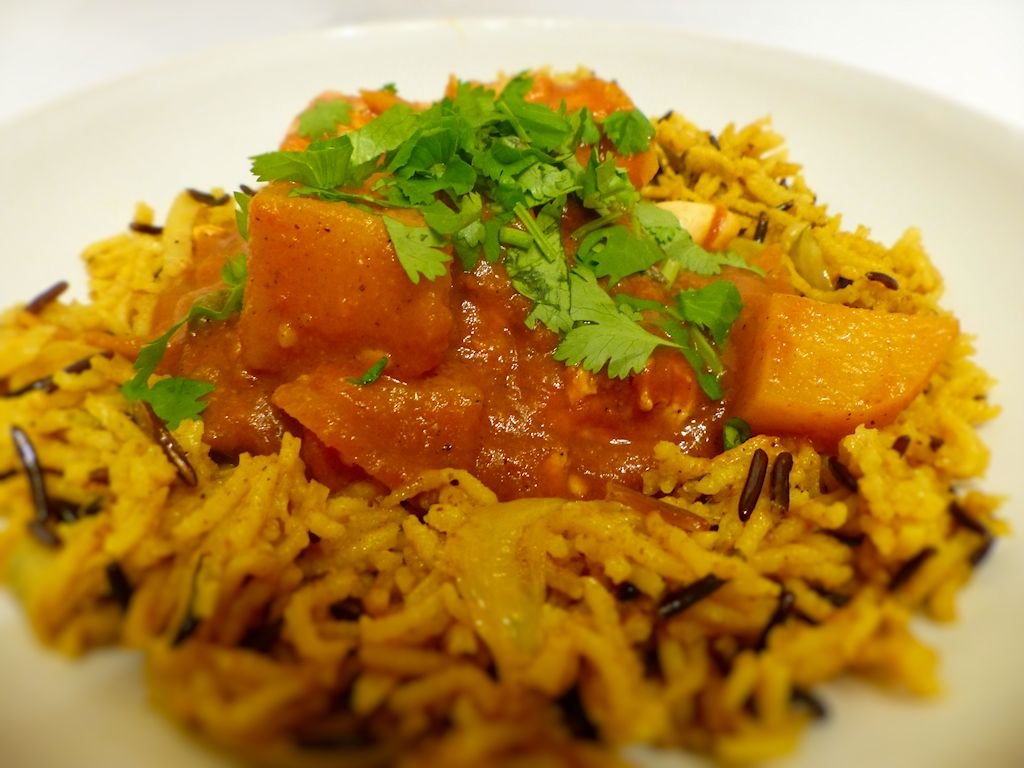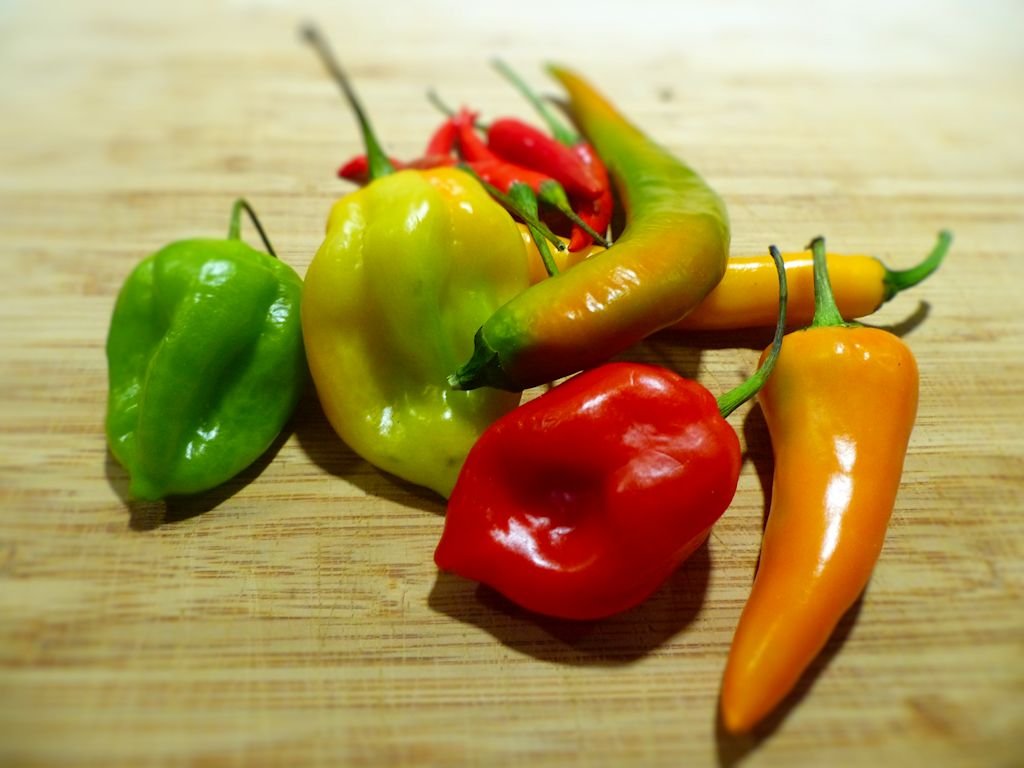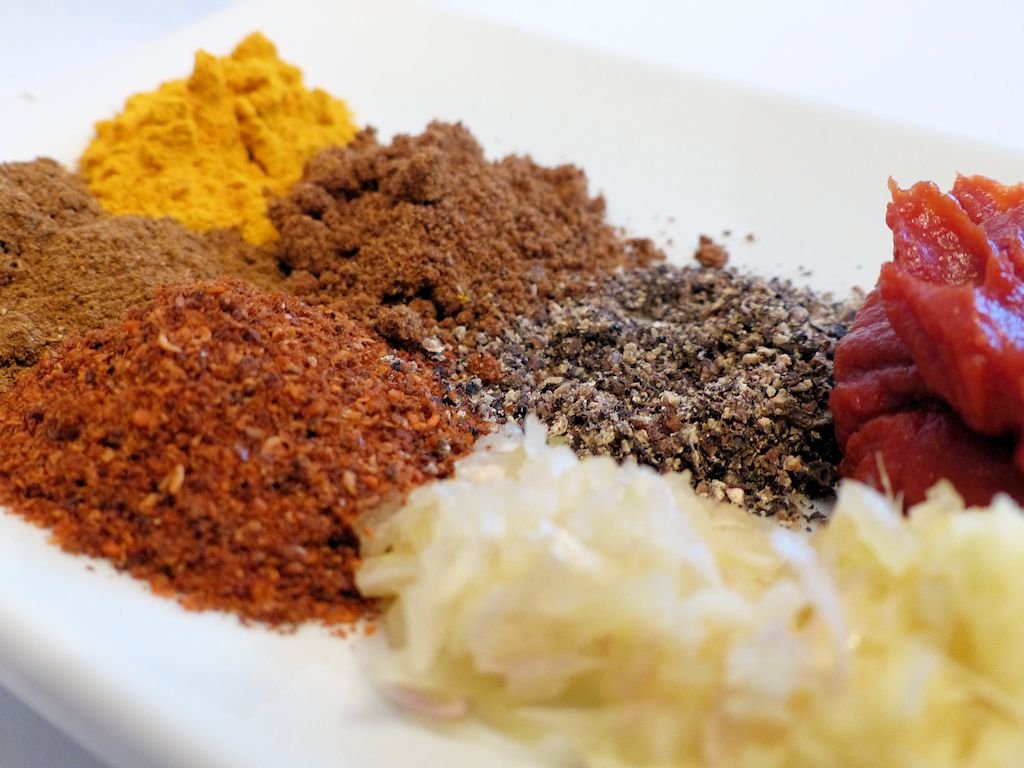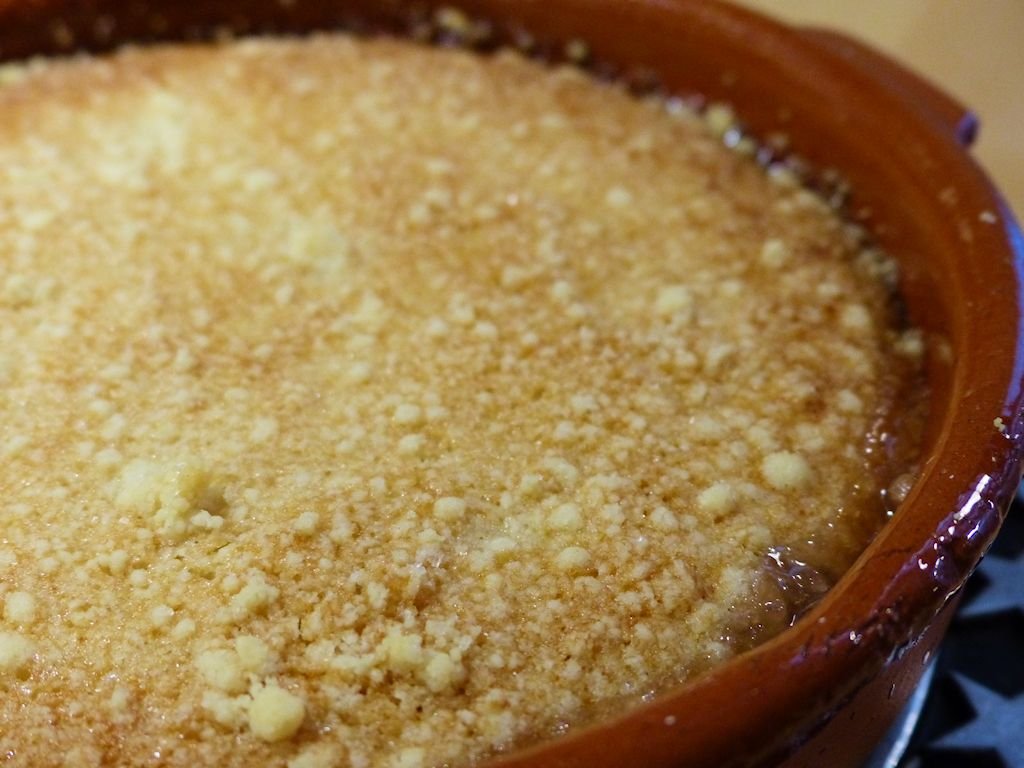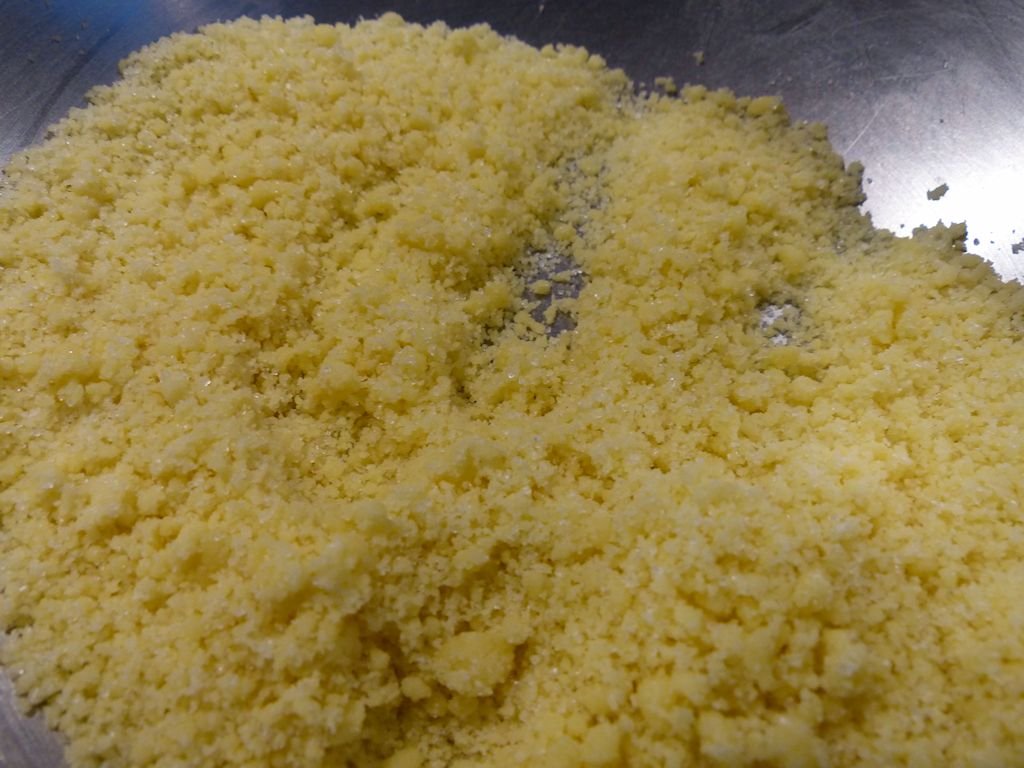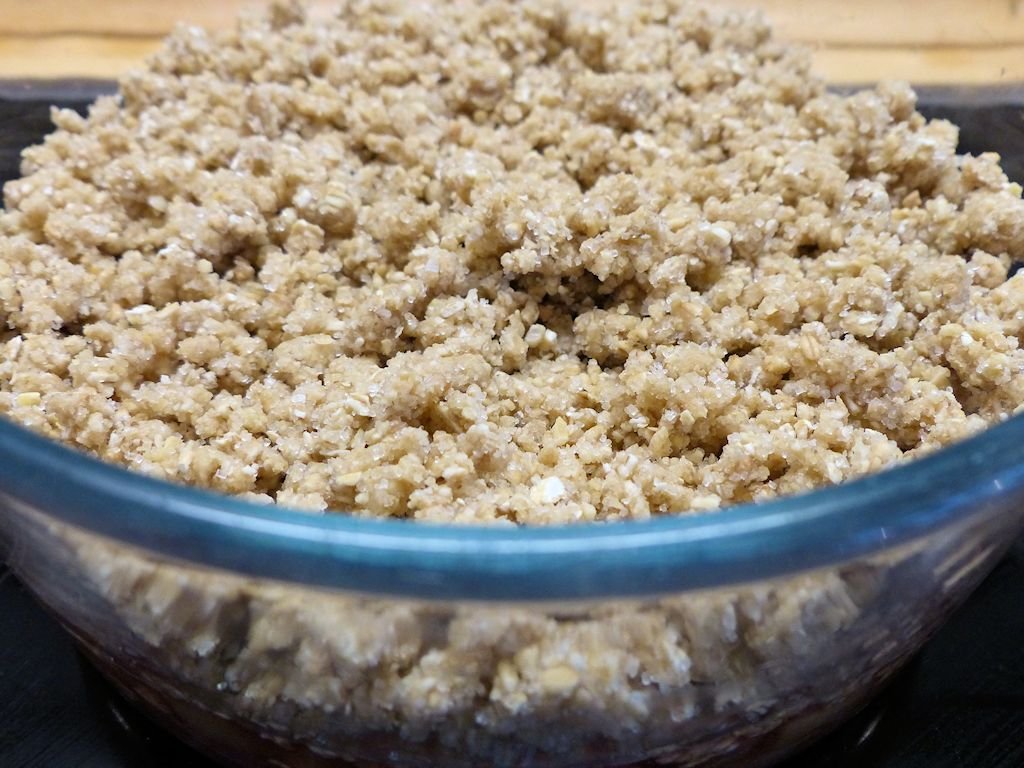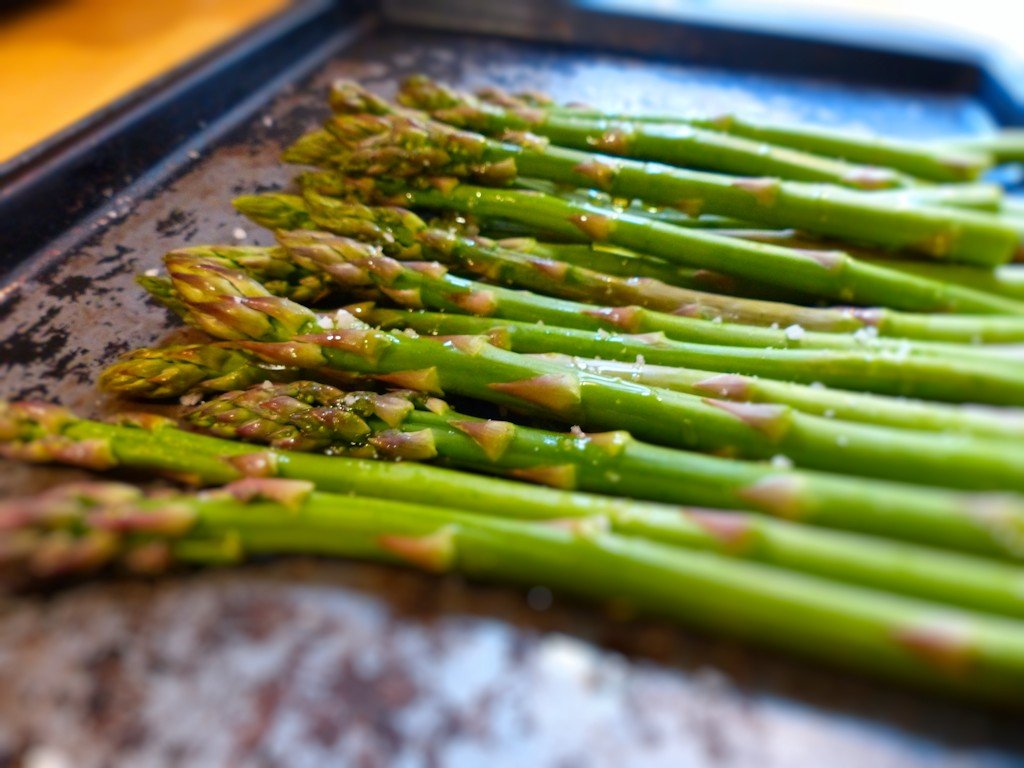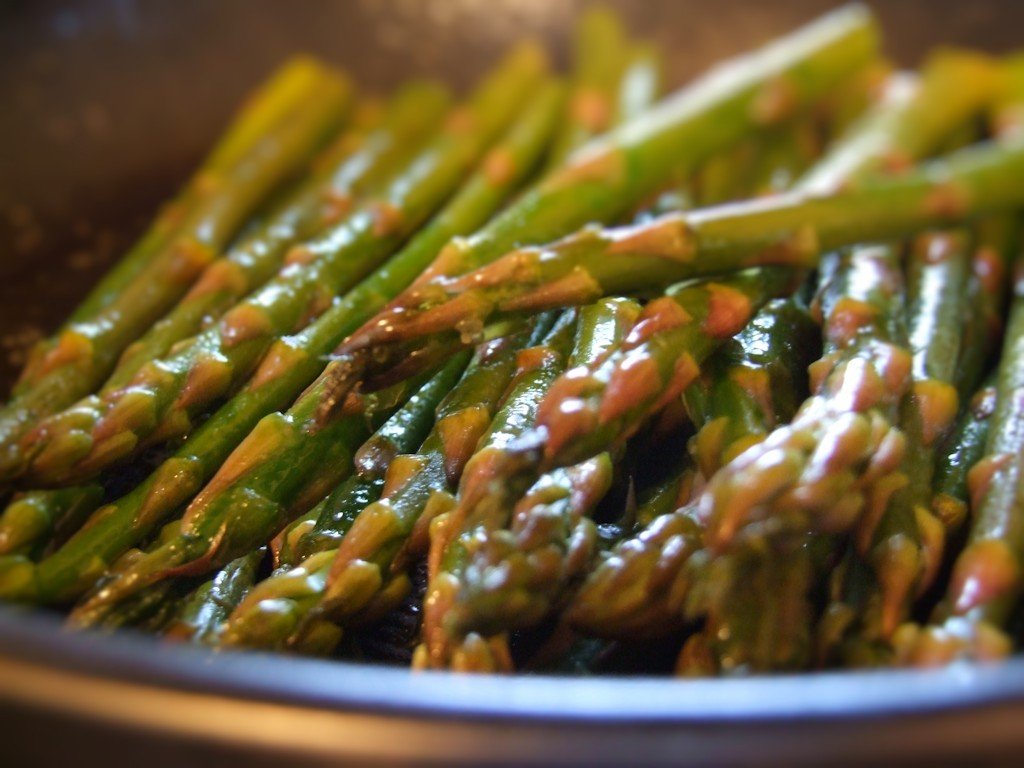Springtime is an amazing time for vegetables. New Season vegetables have such fresh, vibrant flavors and mild at the same time, and such a welcome break from the mundane winter crops. One of my favourites is young garlic, or also known Spring Garlic, new garlic, baby garlic, fresh garlic, or green garlic depending where you are in the world and how young it actually is.
As soon as the first green garlic shoots appear in early spring, you might find green garlic that looks a lot like scallions (green onions, spring onions) which are the most immature stage you will find fresh garlic. These are usually just ‘thinnings’ from the fields to leave room for the rest of the garlic bulbs to mature. At this point you could even eat them raw as the flavor is very mild and fresh. As Springtime progresses, you might see garlic scapes for sale, which are just the green shoots, removed from the garlic bulb to encourage larger growth of the bulb and then bulbs that look more like garlic, but green in colour. These bulbs are have a stronger garlic taste than the earliest green garlic, but still a lot milder than dried garlic.
How to use spring garlic
The youngest green garlic, and scapes are best used like a green onions, chives or baby leeks. Try them raw in salads, make a fresh and zesty pesto, as a garnish for potato salad, stir fried or a fresh tasting spring soup. Once the bulbs have started to appear, but before the garlic has been dried you can bake them whole with just a little butter or olive oil and them crush them onto toasted bread for an amazing mild garlicky snack, or use them like normal garlic, for a fresher, milder taste. Whatever you do with fresh garlic it is best not to keep it too long as it will start to dry out and you’ll lose the fresh, mild, springtime flavor.
How to bake Spring Garlic
Total time: 30 mins
- Remove any of the outside that has become ‘papery’ and trim any of the stalk that looks tough.
- Place the spring garlic on a sheet of foil. Drizzle with olive oil or a few knobs or butter. Season with sea salt and freshly ground pepper.
- Wrap the garlic loosely in the foil to create a pocket to help steam them while they bake.
- Cook in a 350F (180C) oven for about 30 minutes until the garlic is soft to the touch.
- Take a few of the garlic cloves and crush onto toasted slices of bread and enjoy.

